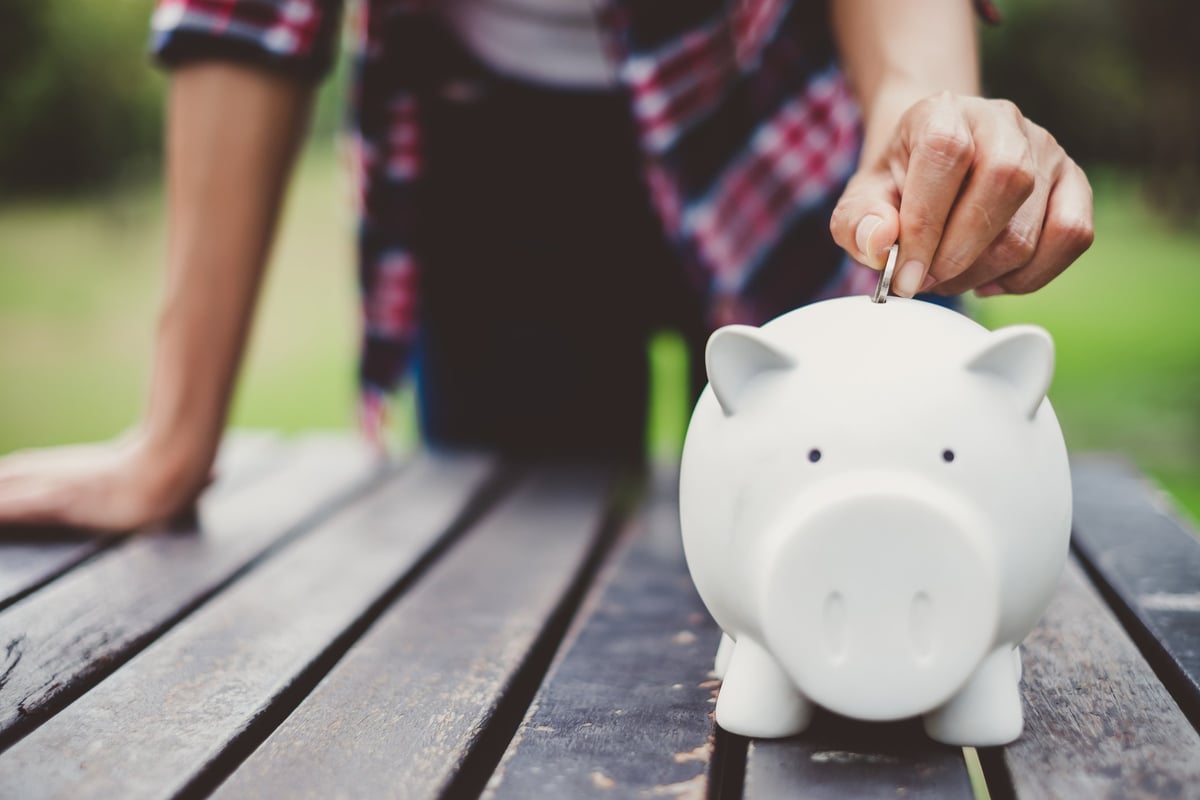Your Checking Account Is Probably Costing You Money. Here Are 4 Better Options
Keeping money in most checking accounts means losing funds every month. Find out why and what you can do about it.

Checking account fees can nickel and dime you. Charging Americans to keep their funds in checking seems a bit silly, considering how few checking accounts pay interest. Even if you're only paying a fee of $10 to $15 per month, that's $120 to $180 per year that is rightfully yours. That amount doesn't even take into consideration other checking-related fees like paper statement fees, overdraft fees, ATM fees, and account closure fees.
Fortunately, checking accounts aren't the only game in town.
Before you make a move
Before you move any money from your checking account, review your household budget and determine how much money you need to pay all outstanding bills. While it's rarely a good idea to leave much more than you need in an account that doesn't earn you money, it's essential to ensure that you always have enough available for bills to be paid.
Once you know how much you need in checking at any given time, here are four places for you to park the rest of your cash.
1. High-yield savings accounts
A high-yield savings account offers higher rates than a traditional savings account. For example, some high-yield savings accounts currently pay more than 5% on deposits. A high-yield account is an excellent place to keep your emergency fund. It's easily accessible when needed and allows your money to grow more quickly over time.
2. Money market accounts
Another type of savings account is a money market account (MMA). Like high-yield savings accounts, some MMAs currently offer great rates. There are a few caveats to know about MMAs:
- MMAs often have a minimum balance requirement
- MMAs may restrict the number of withdrawals and transfers you can make in a month
- MMAs have a variable rate, meaning they can change without notice
Even with these restrictions, earning over 5% with an MMA is preferable to earning no interest with a checking account.
3. Certificates of deposit
A certificate of deposit (CD) is another type of savings vehicle that usually offers a higher interest rate. Here's how it works:
- When you open a CD, you promise to deposit a specific amount of money for a specified period of time, which is referred to as the "term."
- The bank guarantees it will pay a set amount of interest as the CD matures.
- Unlike high-yield savings accounts, traditional savings accounts, and MMAs, CDs have a fixed interest rate that is locked in for the duration of the term you've chosen.
- Withdrawing money before the term ends typically results in a penalty. Fortunately, CDs are available with terms ranging from three months to five years, so you can choose one that works for your saving timeline.
4. Treasury bonds
If you have funds you won't need to access for a while, a treasury bond is another way to grow money effortlessly. With terms ranging from 10 to 30 years, treasury bonds are considered long-term investments. When you purchase a treasury bond, you're lending the U.S. government money. In return, the government promises to pay interest. And since treasury bonds are backed by the full faith and credit of the United States government, they're considered low-risk investments.
A note on interest-paying checking accounts
If you're fortunate enough to find a checking account that pays interest, don't automatically assume it's a good idea to tuck all your money into checking. That's because interest-paying checking accounts don't guarantee that your funds will keep pace with inflation. For example, the national inflation rate is currently about 3.4%. While that's far lower than it was last year, it's still not down to the 2% goal the Federal Reserve has set. Unless an interest-bearing checking account pays an annual percentage yield (APY) of more than 3.4%, you're losing money.
While it's nice to look at a checking account balance and see there's more than enough to cover your bills, losing money by allowing funds to linger in checking helps no one's bottom line.
Alert: highest cash back card we've seen now has 0% intro APR until 2025
This credit card is not just good – it's so exceptional that our experts use it personally. It features a 0% intro APR for 15 months, a cash back rate of up to 5%, and all somehow for no annual fee!
Click here to read our full review for free and apply in just 2 minutes.
We're firm believers in the Golden Rule, which is why editorial opinions are ours alone and have not been previously reviewed, approved, or endorsed by included advertisers. The Ascent does not cover all offers on the market. Editorial content from The Ascent is separate from The Motley Fool editorial content and is created by a different analyst team.The Motley Fool has a disclosure policy.























